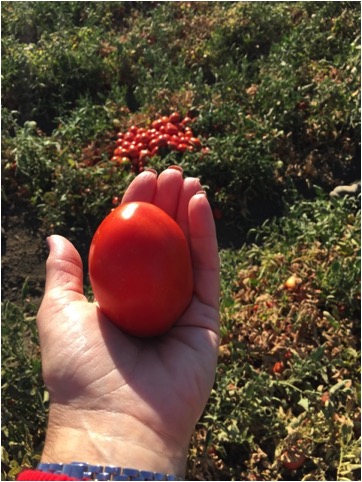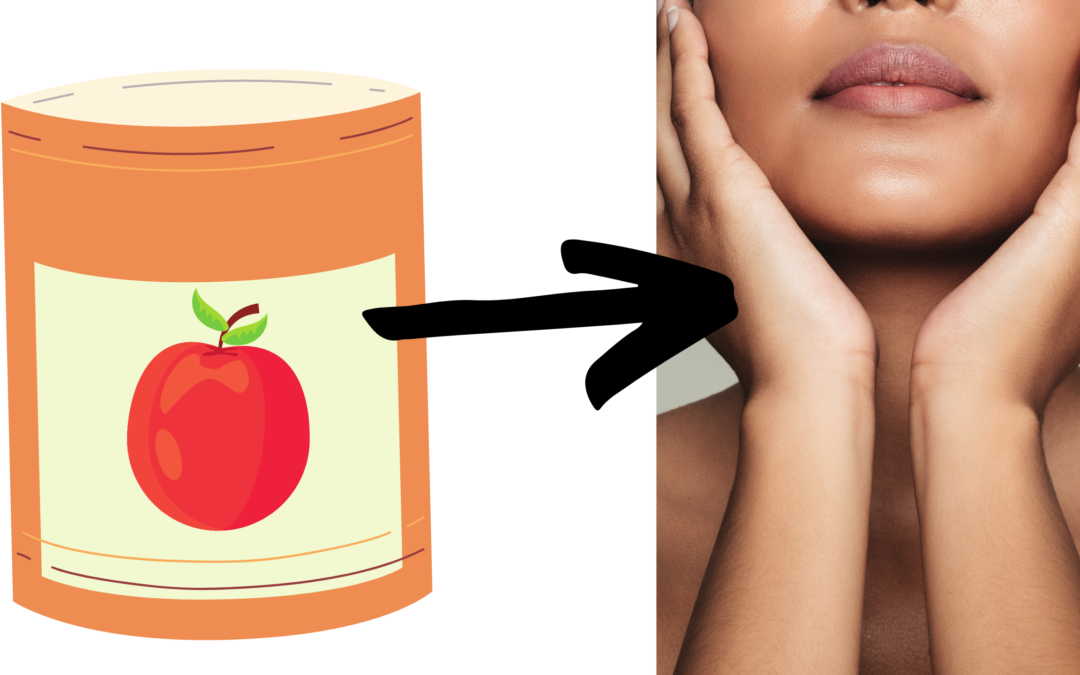
5 fun facts about tomatoes
Tomatoes (and their canned varieties) are one of the most versatile produce items available, and while they are beloved by many, there may be some things that you didn’t know about them. From their origin to classification, here are some fun facts about tomatoes.
5 fun facts about tomatoes
Tomatoes originated in South America.
Researchers have recently discovered a tomato plant that originated 80,000 years ago. By using genetic testing, they were able to trace it back to Ecuador and determined it was a wild variety that produced a cherry sized fruit. Around 7,000 years ago the plant was domesticated and it evolved into the tomatoes we are familiar with today (1).
Tomatoes are technically a fruit.
While nobody would ever claim that tomatoes are as sweet a melon or berry, botanically they are classified as a fruit. Tomatoes contain seeds which puts them in the fruit category, along with cucumbers, peppers, squash, and many more. However, to make things more confusing, in 1893 the US Supreme Court ruled that they are in fact a vegetable (2).
There are more than 10,000 varieties of tomatoes.
Beyond the various sizes (grape, cherry, plum, and beefsteak), there are many different varieties that are grown in a wide range of conditions. Heirloom tomatoes have been around for a long time and are considered pure (ie. no crossbreeding). Others have been crossbred to grow in small spaces or regions that have shorter growing seasons (3).
Tomatoes aren’t always red.
With so many varieties, it should come as no surprise that there would be different colors of tomatoes. They can be yellow, purple, green, orange, or white. In fact, some of the first tomatoes to arrive in Europe were a yellow variety that were referred to as golden apples (3).
Tomatoes have been to space.
Scientists sent tomato seeds to the International Space Station to grow in the Advanced Plant Habitat. They wanted to determine if they could grow and thrive for longer space missions. Along with this study, NASA scientists created a program where students can grow seeds that have been to space and report their findings back to the researchers (4).
Can’t get enough of tomatoes? Check out some of these recipes:
Walnut and Mushroom Ragu
Sausage Tortellini Soup
Huevos Rancheros
Greek Style Braised Eggplant
References:
- The history of tomatoes: How a tropical became a global crop. University of Illinois Extension. (2022). Retrieved from https://extension.illinois.edu/blogs/garden-scoop/2020-07-25-history-tomatoes-how-tropical-became-global-crop.
- Is a Tomato a Fruit or a Vegetable?. The Spruce Eats. (2022). Retrieved from https://www.thespruceeats.com/tomato-vegetable-or-fruit-1807061.
- Vegetable Tomato Varieties. GardenersNet.Com. Retrieved from https://www.gardenersnet.com/vegetable/tomatovarieties.htm.
- Astronauts might soon grow SPACE tomatoes. Phys.org. Retrieved from https://phys.org/news/2019-04-astronauts-space-tomatoes.html.



Recent Comments